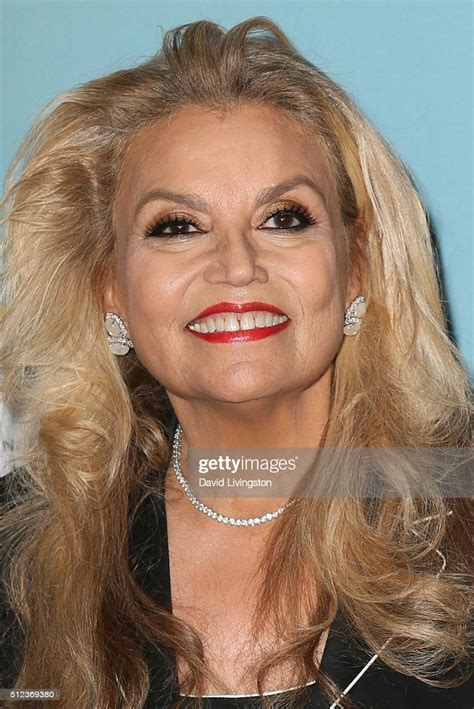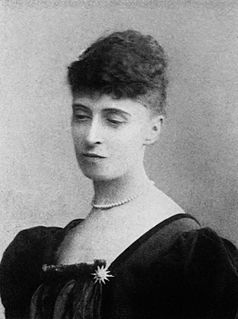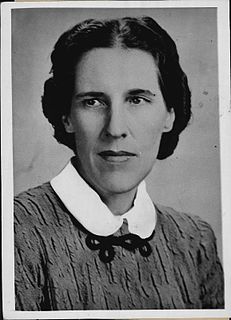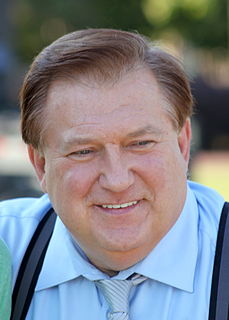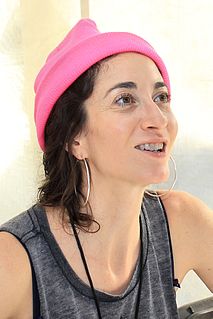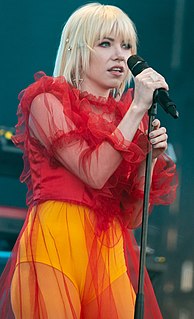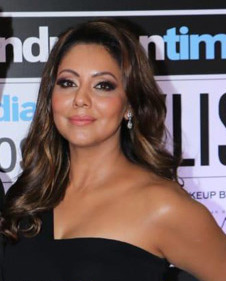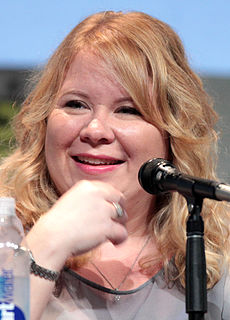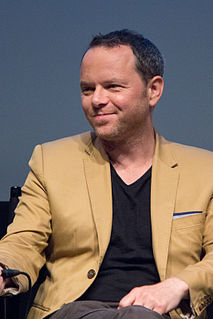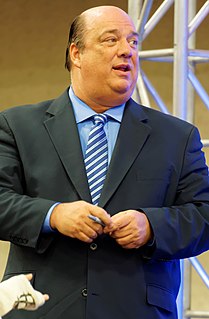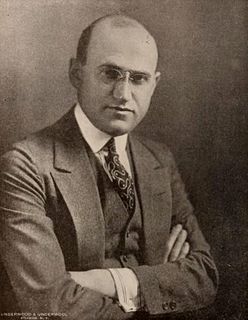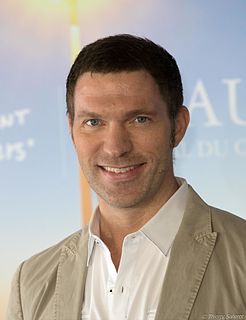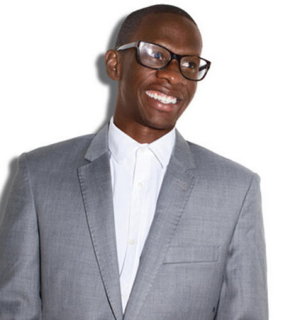A Quote by Suzanne de Passe
I've always said that the greatest racism in Hollywood has to do with what color ink you produce: Black or red.
Related Quotes
Red has been praised for its nobility of the color of life. But the true color of life is not red. Red is the color of violence, or of life broken open, edited, and published. Or if red is indeed the color of life, it is so only on condition that it is not seen. Once fully visible, red is the color of life violated, and in the act of betrayal and of waste.
Well Vin says that there's something behind all this, right? Some evil force of doom or whatever? Well, if I were said force of doom, then I certainly wouldn't have used my powers to turn the land black. It just lacks flair. Red. Now, that would be an interesting color. Think of the possibilities--if the ash were red, the rivers would run like blood. Black is so monotonous that you can forget about it, but red--you'd always be thinking, 'Why, look at that. That hill is red. That evil force of doom trying to destroy me certainly has style.
Summer explodes into Portland. In early June the heat was there but not the color--the green were still pale and tentative, the morning had a biting coolness--but by the last week of school everything is Technicolor and splash, outrageous blue skies and purple thunderstorms and ink-black night skies and red flowers as brights as spots of blood.
